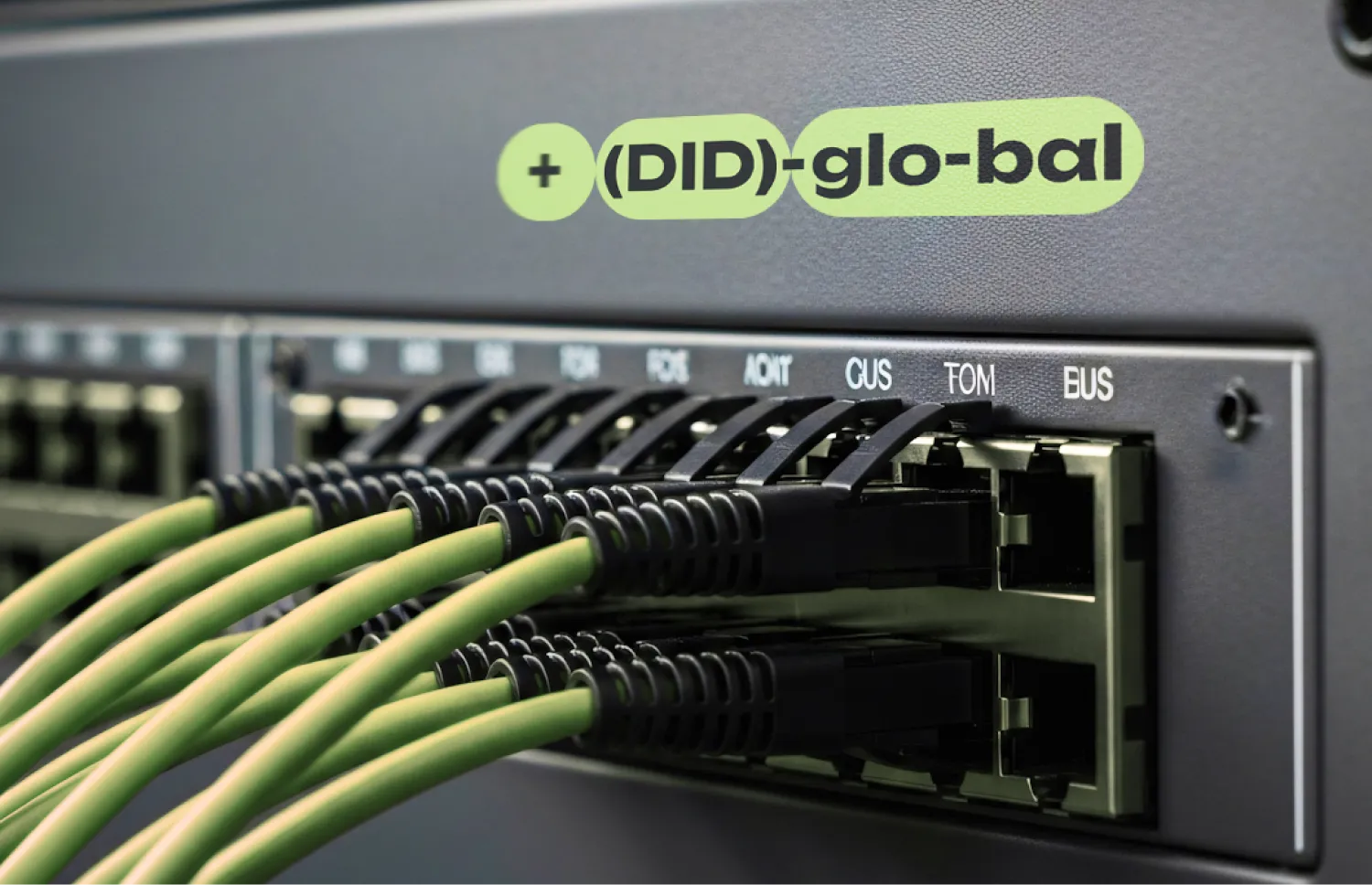Thank you!
The form has been successfully submitted
The form has been successfully submitted
Oops! Something went wrong, please try again


Modern business telephony lives online. Thanks to the Internet, calls to any part of the world cost significantly less than traditional telecom rates. Online calls are also clearer and more reliable than analog ones.
SIP trunking is one of the solutions that helps companies transition to VoIP. It combines voice calls, messages, and video conferencing into a single unified communication system.
Session Initiation Protocol (SIP) is a protocol used for sending and receiving voice and other types of communications over the Internet. It allows a company’s private phone network to connect to the Public Switched Telephone Network (PSTN).
With SIP, multiple phone lines or channels are combined into a single virtual SIP trunk.
This solution enables organizations to adopt VoIP and make both local and international calls. Here’s how it works, using an outgoing call as an example:
Unlike traditional corporate telephony, SIP uses VoIP technologies to make calls without depending on physical infrastructure. Digital communication provides several advantages:
In addition to cloud telephony benefits, SIP can combine multiple forms of communication. Not just voice, but also video calls and messaging.
Corporate communication with SIP trunking becomes cheaper, more efficient, more reliable, and more flexible.
Companies can easily adjust the number of lines according to current business needs with just a few clicks. This scalability helps optimize communication costs and performance during peak seasons.
Additionally, VoIP and SIP trunking make it possible to handle calls outside the office, supporting remote work. Any device – from a softphone to a laptop, can connect to the SIP network, ensuring full flexibility.
Using the Internet instead of traditional phone networks makes calls significantly cheaper, especially for international communication. Moreover, digital telephony requires fewer investments in infrastructure and equipment.
Cost savings typically range from 35–40% up to 60–65%, based on DID Global’s experience.
The SIP network easily integrates with existing infrastructure such as PBX systems and SIP gateways. This allows businesses to modernize their communication setup with minimal capital investment while preserving existing hardware.
Integrating SIP trunking with CRM gives operators instant access to customer data and centralized communication history across all channels. Agents can greet clients by name, review past orders, and automatically record and log calls in CRM.
Transmitting data over the Internet introduces certain security risks. Without proper encryption, cybercriminals can intercept call data and use it for phishing or other attacks.
To safeguard your calls, implement:

SIP trunking proves useful for companies that face:
In practice, implementing SIP is most beneficial for:
When selecting a provider, pay attention to:
SIP trunking by DID Global helps businesses save up to 63% on international calls. Avoid call drops and downtime during peak hours with unlimited SIP channels and a 99.9% uptime guarantee.